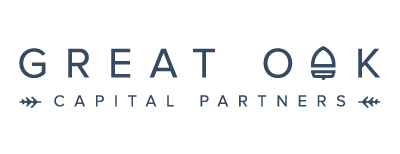The Hidden Costs of Mutual Funds
There’s more to the cost of a fund than its “expense ratio”. Much more.
The expense ratio, which most people are familiar with, is a number expressed as a percentage, easily found on any financial website or prospectus. This number represents the explicit cost of a fund, which is 0.63% for the average stock mutual fund. What’s missing in this calculation are the hidden costs, all of which typically add up to more than the expense ratio, and none of which are listed anywhere.
Here’s a quick explanation of each…
Bid/ask spreads: Look up a stock, and you’ll find two prices. The higher price (the “ask”) is what you buy it for. The lower price (the “bid”) is what you sell it for. Much like a new car rolling off the lot, a stock is immediately worth less than it was purchased for, by the difference between the bid and the ask, known as the “spread”. For example, at 10:30 on 8/15/17, Eastman Kodak, the iconic maker of imaging equipment, had a $.05 spread, which equaled an immediate 0.66% loss to whoever bought it.
Market impact: Unlike individual investors, mutual funds buy and sell millions of dollars of stock in one trade. Such large trades move the price of the stock unfavorably for the fund’s investors, forcing the fund to trade at undesirable prices.
Cash drag: A typical fund holds about 5% of their money in cash, which earns almost no interest, much like a bank account. With the average return on stocks at about 10% historically, that cash position is costing the fund investors about 0.5% in lost return each year on average.
The first two are largely a function of “turnover”, or how often a fund buys and sells something. High turnover equals high cost. You’ll find high turnover in actively managed funds, where the fund manager is trying to outwit the market. This is why actively managed funds fail to beat their benchmarks so often. The costs are simply prohibitive.
A study highlighted by the Wall Street Journal noted that the average bid/ask and market impact costs total about 1.44%. Add in the cash drag, and these hidden costs – almost 2% – hurt your return about three times as much as the average expense ratio! And you never knew…
The solution? Find low turnover funds with low expense ratios and minimal cash holdings. If you’re a client of ours, fear not! You already have them. Not a client? Click here, and we’ll help you fix your portfolio.
Either way, now you know. And stayed tuned. Part 2 tackles the cost of ignoring science.
Enjoy,
John & Bill
